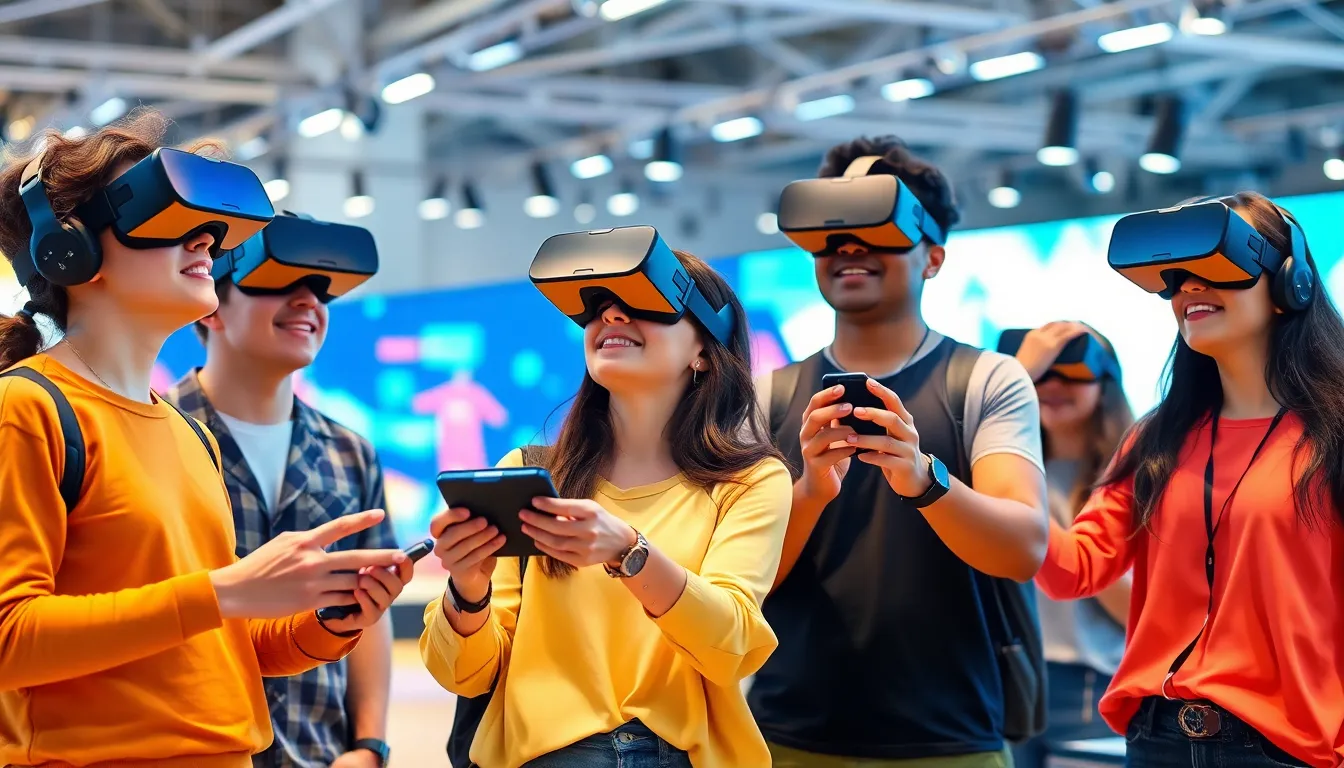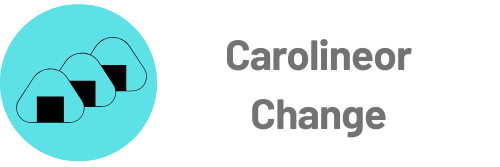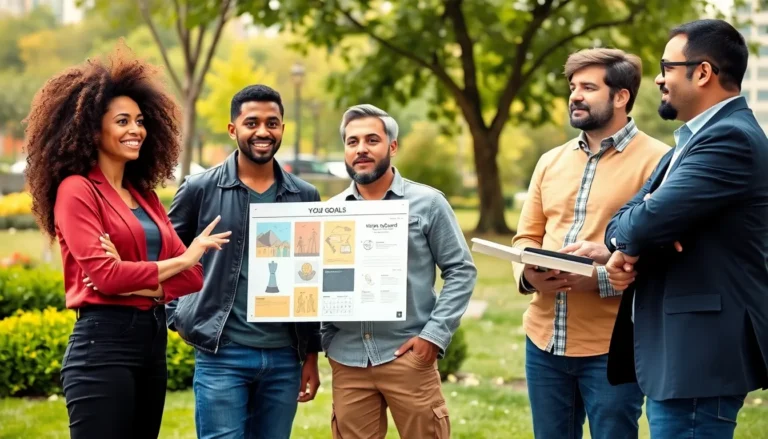Table of Contents
ToggleThe creative industry is like a kaleidoscope—constantly shifting and bursting with vibrant colors. As trends emerge and evolve, staying ahead can feel like trying to catch a greased pig at a county fair. But fear not! Whether it’s the rise of immersive experiences or the ever-growing influence of AI in art, there’s always something exciting on the horizon.
Overview of Creative Industry Trends
The creative industry demonstrates constant evolution characterized by unique trends. Business leaders observe the growing prominence of immersive experiences in art and entertainment, driving engagement among audiences. Emerging technologies, particularly artificial intelligence, significantly influence content creation and design processes. Artists explore AI tools to augment their creativity, producing innovative works that challenge traditional boundaries.
Data suggests that audience preferences shift toward personalized experiences, prompting creators to focus on customization. Brands leverage user-generated content to enhance authenticity and foster community connections. Increased collaboration across disciplines becomes evident, as artists, designers, and technologists unite to redefine creative boundaries.
Sustainability remains a key focus, with many creative professionals adopting eco-friendly practices. These practices include using sustainable materials in fashion and design, as well as supporting initiatives that promote environmental awareness.
Furthermore, the rise of virtual events reshapes how creators interact with audiences, allowing global participation from diverse locations. Digital storytelling techniques evolve, utilizing platforms like social media for real-time engagement.
Balancing creativity with commercial viability becomes essential, as businesses seek to monetize their artistic endeavors. The trend toward diversification of revenue streams emerges, with creatives exploring various platforms to distribute their work.
Trends within the creative industry reflect a vibrant blend of innovation, collaboration, and sustainability. Engaging and immersive experiences drive audience connection while technology and sustainability shape the future of creative work.
Emerging Technologies in the Creative Industry

Emerging technologies are transforming the creative industry, opening new avenues for innovation and audience engagement. This transformation significantly influences how content is developed and experienced.
Virtual Reality and Augmented Reality
Virtual reality (VR) creates immersive environments, allowing users to engage with content uniquely. Events and exhibitions have increasingly adopted VR, enhancing interaction and enabling attendees to explore digital spaces. Augmented reality (AR) also plays a pivotal role by overlaying digital information onto the real world. Brands leverage AR for interactive marketing campaigns that captivate consumers’ attention. Examples include mobile applications that let users visualize products in their own environments. Both technologies redefine storytelling, making experiences more engaging and memorable.
Artificial Intelligence and Automation
Artificial intelligence (AI) automates various creative processes, streamlining workflows for artists and designers. Content generation tools powered by AI assist in creating visuals, music, and text more efficiently. Automation frees up time for creatives to focus on strategic aspects of their projects. Tools utilizing machine learning analyze audience preferences, enabling more personalized content delivery. This approach enhances user engagement by providing tailored recommendations. As AI continues to evolve, it reshapes traditional workflows, empowering creatives to push boundaries and explore new creative possibilities.
Sustainability in Creative Practices
Sustainability increasingly shapes creative practices across various industries. Professionals pursue methods that reduce environmental impact while enhancing their artistic output.
Eco-Friendly Materials and Processes
Eco-friendly materials gain traction among artists and designers. Biodegradable alternatives replace traditional options, while recycled resources contribute to sustainability. For instance, some fashion brands opt for organic cotton and hemp over conventional fabrics. Moreover, adopting water-based inks in printing minimizes harmful emissions, and using sustainable wood sourced from certified forests supports responsible forestry. Creative professionals consistently explore innovative processes to incorporate these materials, demonstrating their commitment to environmental preservation.
Social Responsibility in Design
Social responsibility plays a pivotal role in contemporary design. Designers embrace ethical considerations by promoting inclusivity and accessibility in their work. For example, brands increasingly prioritize diverse representation in their advertising and product offerings. Awareness of cultural sensitivities drives creators to develop content that resonates with various audiences. Additionally, many companies engage in community initiatives, giving back to local populations. Integrating social responsibility into creative practices ensures that art and design contribute positively to society, fostering a culture of awareness and respect.
Shifts in Consumer Behavior
Consumer behavior continues to evolve, influenced by several key trends in the creative industry. Understanding these shifts enables creators to connect more deeply with their audiences.
Demand for Personalization
Consumers prefer tailored experiences that resonate with their individual needs and preferences. Personalized marketing strategies drive engagement and foster brand loyalty. Research indicates that 80% of customers are more likely to purchase from brands that provide customized experiences. This trend prompts creators to analyze audience data and adapt their offerings accordingly. Brands that leverage user-generated content enhance authenticity and strengthen connections with their target markets. As a result, creativity increasingly intertwines with consumer insights, ensuring projects align with audience expectations.
The Rise of DIY Culture
The DIY culture has gained traction as consumers embrace creativity and self-expression. With the availability of online tutorials and diverse resources, individuals feel empowered to create their own projects. Reports show that nearly 70% of consumers engage in DIY activities, reflecting a desire for hands-on involvement. This trend encourages brands to facilitate creativity by offering customizable products and how-to guides. Collaborative tools enable shared experiences, fueling inspiration among peers. Thus, the DIY movement not only showcases individual artistry but also connects people through a collective passion for creation.
The Role of Collaboration and Community
Collaboration and community play crucial roles in the creative industry’s evolution. Working together encourages innovation and enriches creative processes.
Cross-Disciplinary Partnerships
Cross-disciplinary partnerships are becoming increasingly vital. Artists, designers, and technologists unite to explore new possibilities. These collaborations lead to groundbreaking work that transcends traditional boundaries. For instance, a design team may partner with technologists to create interactive installations that engage audiences in immersive ways. Such partnerships leverage diverse expertise, resulting in unique solutions that position creators at the forefront of their fields. According to a recent study, interdisciplinary teams are up to 30% more likely to produce innovative projects. This illustrates how collaboration accelerates creative growth and adaptability within the industry.
Importance of Networking Events
Networking events hold significant importance for professionals in the creative sector. These gatherings facilitate connections among peers, fostering a sense of community. Attendees exchange ideas and establish relationships that may lead to future collaborations. For instance, industry-specific conferences often provide opportunities for participants to showcase their work and gain feedback. Around 70% of attendees at such events report finding valuable partnerships or support. Engaging with others enhances an individual’s visibility and opens doors to new experiences and projects. As a result, networking helps build a supportive infrastructure essential for navigating the ever-evolving landscape of the creative industry.
The creative industry stands at an exciting crossroads where innovation and collaboration thrive. As trends evolve rapidly professionals must remain adaptable to harness new technologies and audience preferences. The emphasis on sustainability and social responsibility not only shapes artistic practices but also fosters deeper connections with audiences.
As DIY culture continues to rise creators have an opportunity to engage consumers in meaningful ways. Balancing creativity with commercial viability will be essential for success in this dynamic landscape. Embracing these trends will empower artists and designers to redefine boundaries and create impactful experiences that resonate with diverse audiences.







